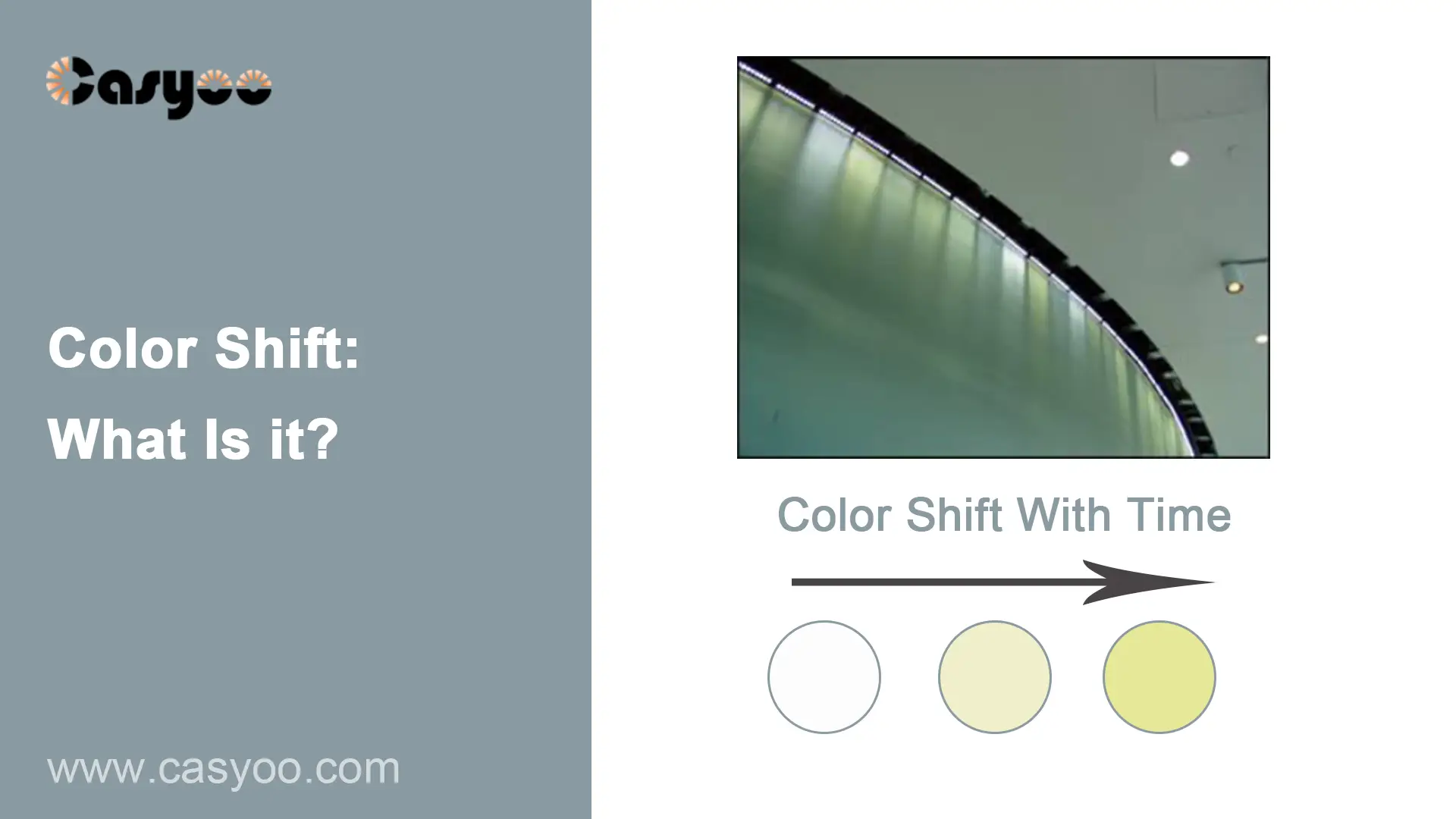What Is Color Shift?
Color shift is a variation from the initial color that occurs on the LED chip. This shift can affect both how warm or cool the light is and how well the light shows the true colors of things. Depending on the properties of the phosphorous utilized in the LED chip, different chips will shift to different colors.
Why Does Color Shift Happen?
Color shift can occur for several reasons.
One of the most frequent causes is a chip flaw that arises during the LED’s manufacturing process. A further cause is an issue with how the chip’s phosphor coating was applied. This coating transforms invisible UV emissions into visible light and can change its properties over time.
The main reason, however, has little to do with the chip itself. It has to do with the LED manufacturer’s mishandling of it.
The mishandling includes:
- An improper chip mounting on the board.
- The LED is being driven too hard, beyond the bounds of its efficient design.
- It’s not getting cooled down enough due to problems with fixture design.
How Can You Recognize it?

It is observable with the naked eye and quantifiable with the appropriate tools, like a spectroradiometer. How much of a color shift there is will determine how much of it you can see or measure. This in turn may be influenced by the degree of overheating of the chip or by how subpar the product is. In any case, a sudden change in color will typically cause the LED board to fail entirely in a short time.
How Long Does it Take for LED Lighting to Exhibit Color Shift?
The quality of the LED chip, how old the LED is, and how the lighting fixture operates are some of the variables that can affect how quickly color shift happens in LED lighting. Generally speaking, color shift will happen after a few thousand hours of use, however, this might vary greatly based on the particular LED lighting product and the environment in which it is used.




